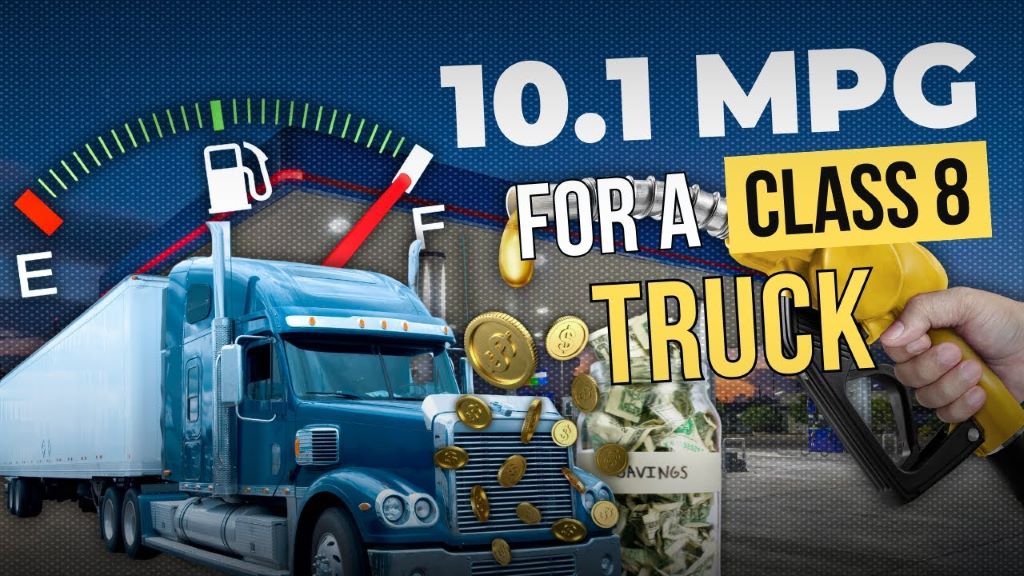Fuel costs are a significant expense for any trucking operation. With diesel prices fluctuating, finding ways to optimize your semi truck fuel efficiency isn’t just about saving money—it’s about staying competitive and environmentally responsible. Understanding how many gallons of gas semi trucks hold can help you plan fuel stops more effectively and manage costs better. This comprehensive guide dives into actionable strategies, advanced technologies, and maintenance tips to help you squeeze every last mile out of each gallon.
Understanding the Factors That Influence Fuel Consumption
Before we dive into the hacks, let’s understand what affects your truck’s thirst for fuel:
- Aerodynamics: The shape of your truck and trailer plays a crucial role. A smoother profile reduces wind resistance, leading to better fuel economy.
- Weight: Every extra pound your truck carries requires more energy to move. Optimizing your cargo and eliminating unnecessary weight can make a noticeable difference.
- Tires: Rolling resistance is the force a tire exerts as it rolls. Low-rolling resistance tires can significantly improve fuel efficiency.
- Engine Efficiency: Well-maintained engines run smoother and burn fuel more efficiently. Regular maintenance is key.
- Driving Habits: Aggressive driving, excessive idling, and speeding all burn more fuel. Adopting fuel-efficient driving techniques can have a substantial impact.
The Top Semi Truck Fuel Efficiency Hacks
Invest in Aerodynamic Upgrades:
-
- Side Skirts: These smooth out airflow along the trailer’s sides.
- Gap Reducers: Minimize the space between the tractor and trailer, reducing drag.
- Trailer Tails: Extend the rear of the trailer, creating a more streamlined shape.
- Roof Fairings: Deflect air over the cab, lowering wind resistance.
Optimize Tire Management:
-
- Proper Inflation: Ensure tires are inflated to the manufacturer’s recommended pressure for optimal rolling resistance.
- Alignment: Misaligned wheels cause tires to drag, wasting fuel.
- Low Rolling Resistance Tires: Invest in tires designed for fuel efficiency.
- Tire Pressure Monitoring Systems (TPMS): Monitor tire pressure in real-time to catch leaks early and maintain optimal inflation.
Utilize Advanced Technologies:
-
- Predictive Cruise Control: This system uses GPS and topographical data to adjust speed for maximum efficiency on varying terrain.
- Idle Reduction Technologies: Auxiliary power units (APUs) and automatic start/stop systems minimize idling time, a major fuel waster.
- Engine Parameter Optimization: Modern engines can be fine-tuned for specific routes and loads, maximizing fuel efficiency.
- Telematics: Monitor fuel consumption, driving habits, and engine performance in real time, providing valuable insights for optimization.
Prioritize Preventative Maintenance:
-
- Regular Oil Changes: Use the recommended oil type and change it at the manufacturer’s suggested intervals.
- Air Filter Replacement: Dirty air filters restrict airflow and reduce engine efficiency.
- Fuel Filter Maintenance: Ensure clean fuel reaches the engine for optimal combustion.
- Engine Tune-Ups: Address any issues promptly to keep the engine running at peak performance.
Train Drivers in Fuel-Efficient Techniques:
-
- Smooth Acceleration and Braking: Avoid aggressive maneuvers, which waste fuel.
- Maintain Steady Speed: Cruising at a consistent speed is more efficient than constantly speeding up and slowing down.
- Minimize Idling: Turn off the engine when parked for extended periods.
- Plan Routes Carefully: Avoid traffic congestion and hilly terrain whenever possible.
- Utilize Momentum: Coast whenever it’s safe to do so.
Additional Tips for Maximizing Semi Truck Fuel Efficiency
- Reduce Cargo Weight: Optimize loading and eliminate unnecessary items.
- Streamline Logistics: Plan routes to minimize empty miles.
- Utilize Fuel Additives: Some additives can improve combustion and fuel economy.
- Keep Up with Technology: New fuel-saving innovations are constantly emerging. Stay informed and consider upgrading when it makes financial sense.
Related: Active Driving Assist: Your Co-Pilot on the Road to Safety
Semi Truck Fuel Efficiency: The Bottom Line
Improving your semi truck fuel efficiency is an ongoing process. By implementing these hacks, utilizing advanced technologies, and fostering a culture of fuel consciousness within your fleet, you can significantly reduce fuel costs, improve your bottom line, and do your part to protect the environment.






